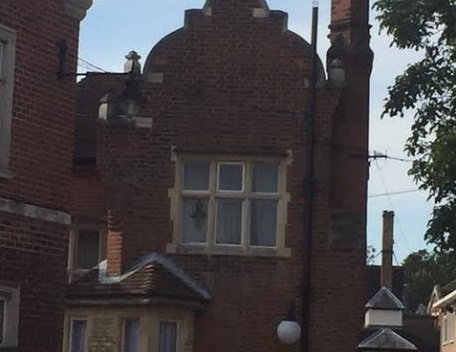In this latest post we look at the unnecessary removal of plaster, and look further at the listed building we recently completed work on in Rochester.
If you haven’t yet read part one or two, click here to read part one: ‘Listed Building Damp Proofing’.
 In conjunction with an injection DPC, companies often persuade customers that an internal removal of plaster is required. The case made is that a property requires removal of internal plaster to a height of 1m – 1.2m due to “salts” being present, or the plaster being “tainted” in some way. The question is, why?
In conjunction with an injection DPC, companies often persuade customers that an internal removal of plaster is required. The case made is that a property requires removal of internal plaster to a height of 1m – 1.2m due to “salts” being present, or the plaster being “tainted” in some way. The question is, why?
Put simply, it’s because another job can be derived from the customer and charged accordingly. But, there is another reason and it’s one the damp industry would rather you didn’t know about. They know the chances of the chemical DPC failing (that they’ve just installed) is extremely high. By suppressing a potential ingress with bitumen and render or whatever it takes to hold back an ingress for the next few years, then it buys enough time for whoever did the work to be long gone and forgotten about should the damp begin to permeate again five years later.
For a second opinion, call 07970862057
Don’t get caught out
In regard to the recently completed ME1 listed building, the owner had previously been persuaded into extensive and unnecessary re-plastering. Unbelievably the damp proofing firm had then subbed the plastering work out to a local youngster who had just left college (the owner became aware of this during conversation with the youngster, after he became suspicious of his credentials).
If the chemical DPC has failed, the internal render (and additional measures) will ensure the ingress is suppressed. If the damp does begin to permeate (most probably above the internal render) the damp proofing firm gets called to account. They are then in a position to explain that as the damp is now coming through the wall at a height above 1.2m, it’s obviously due to external porosity and not DPC failure.
This is where the customer gets hit a third time. The guarantee certificate is only applicable for the chemical DPC, so the same firm can charge again for further removal of plaster (above the internal render) and rendering higher up the wall. This ensures the gradually rising ingress is suppressed for a few more years. In many instances, the chemical DPC may fail and be suppressed by the internal render, but the ingress may never rise above the 1m-1.2m render height. This is often due to moisture content below ground-level never exceeding an excessive amount. Although the wall is saturated behind the render, it can often dissipate at a specific height without rising.
In the case of the ME1 listed building, the owner was intending to call up the original damp proofing firm and potentially get stung a third time. Luckily they saw a number of reviews online for Rochester Building and Damp first. The raised ground-level was reduced and the gullies replaced; there has since been a complete cessation of ingress within the property. The owner is safe in knowledge that no further work will be required in the future and has since sent me a very pleasant letter expressing thanks and satisfaction at the completed works.
Want to know more? Contact Us
We are always happy to offer advice specific to your situation that will help you make the right choice for your property.

